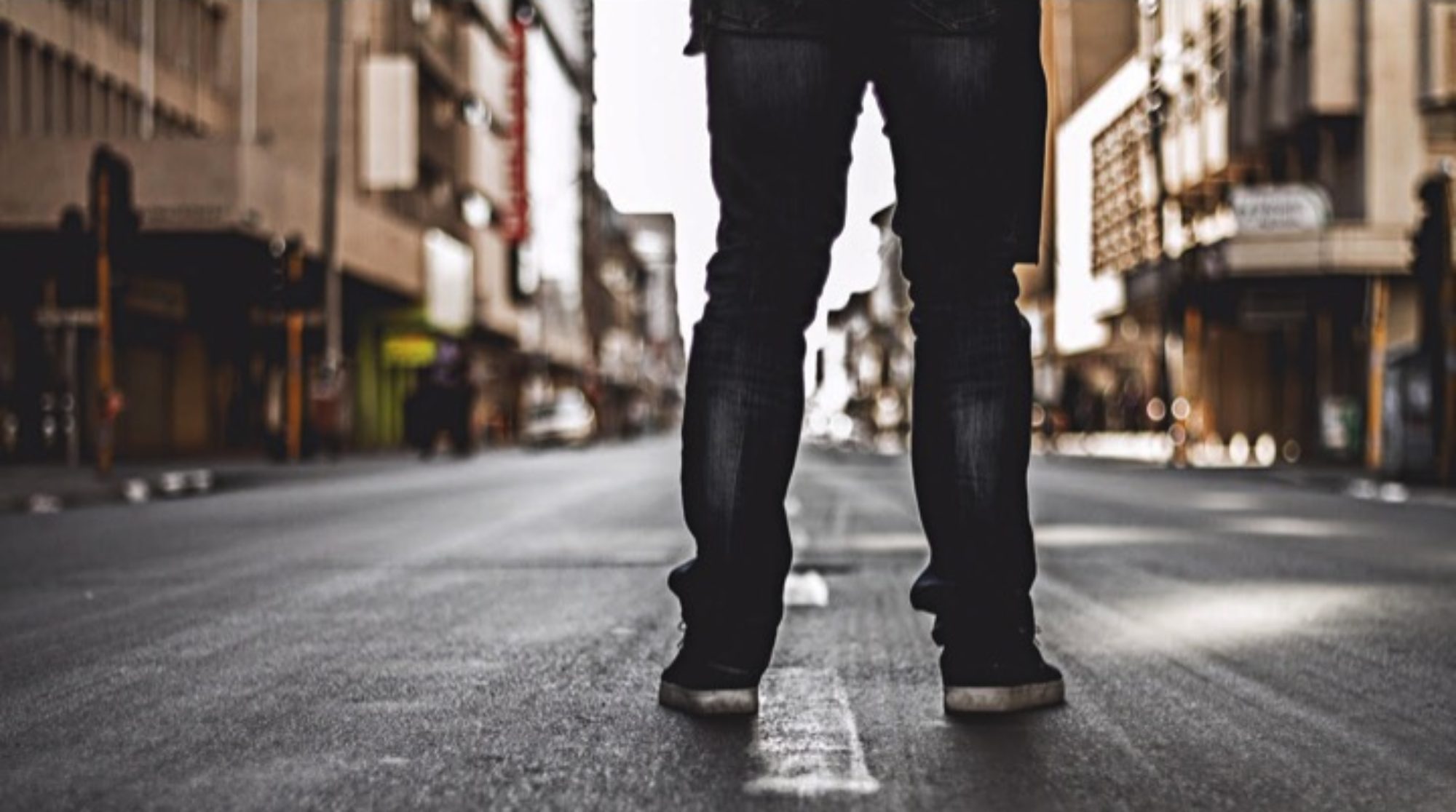“Our faith calls us to see civic and political responsibilities through the eyes of faith and to bring our moral convictions to public life. As believers we are called to be a community of conscience within the larger society and to test public life by the values of scripture”
Bishop Arthur M. Brazier,
University of Illinois Facility Forum Series, 1960
September 25, 2016 as I watched the dedication and opening of the Smithsonian’s National Museum of African American History and Culture (NMAAHC). Successful African American’s from the corporate, entertainment and political sectors one by one gave eloquent speeches as to the value this new building hold for future generations. Near the end of the ceremony I begin driving from my first meeting to a second meeting. As I was driving, the ceremony closed with the reenactment of the ringing of the bells that signified the freedom of African Americans during the period of Emancipation. I felt proud and excited that our historical narrative would be available for generations to understand our true history and contribution to society. I felt this would contribute to changing people’s view of him or her self and recreate a desire for the uplift. As the bells rang I drove through one African American neighborhood and saw a man passed out at the bus stop; RING. I saw several boarded up buildings; RING. I saw trash all up and down the streets; RING. I saw brothers hanging out on the corner shooting dice; RING. I saw little kids playing in an all dirt lot; RING. I saw a prostitute try to flag me down; RING. I saw people hanging out in front of several liquor stores; RING. At the red light I saw a man coughing so badly that he was spitting up blood; RING. I saw people standing and sitting with blank stares on their face as if they weren’t even there; RING. That visual contradiction left an indelible mark on my heart. Juxtaposing what I was hearing and what I was seeing brought me to the sad reality of the conditions of the African American neighborhoods that have failed to be addressed. That if something is not done, the African American will become extinct and its history will be relegated to stories and pieces in a building. But I will not allow my reality to bully my faith.
The neighborhoods of Chicago that make up the African American Community are not participating in the region’s vibrancy and growth. Persistence measures continue to move in the wrong directions, preventing these geographies from being neighborhoods of choice for families and businesses. To better understand these dynamics we have to go back a bit in history. Unfortunately, we don’t have to go back too far. By the year 2000, 189,000 African American had left the city of Chicago in hope of a better life in the suburbs or in other cities. The wake left the neighborhoods with less talent, business and tax dollars for reinvestment. Fifteen years later most African American owned businesses have either closed or left the neighborhoods. We no longer own our gas stations, grocery stores, or dry cleaners. African Americans do not own even the hair and nail businesses they frequent.
Over the last several year the city has torn down the CHA high rises and provided residents with vouchers to disperse and relocate to other neighborhoods which has created pockets of poverty and crime ridden areas. Landlords, usually those who do not live in the neighborhood, gladly began accepting the vouchers as the guaranteed rent was received directly from CHA. This has led to massive destabilization and resettlement of neighborhoods. The traditional block clubs that provided the physiological or physical cohesiveness have been replaced with cliques of young unguided, uneducated individuals with little to no opportunity for employment or uplift.
It has been said that there is an absence of fathers in the home that has caused the decay of African American communities. The reality of the problem is an absence of a father’s income, that can be attributed to the decay of the neighborhoods. The Federal welfare program, CHA housing policies and the criminal justice system have had tremendous affect on the family structure or absence there of. The breakup of the family and a lack of economic opportunity for African American men has sparked the rapid decline across the communities with the highest concentration of African Americans. But we walk by faith and not by sight.
To be continued . . .

